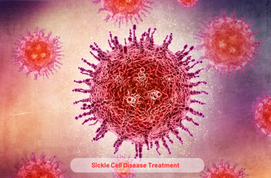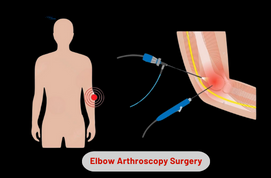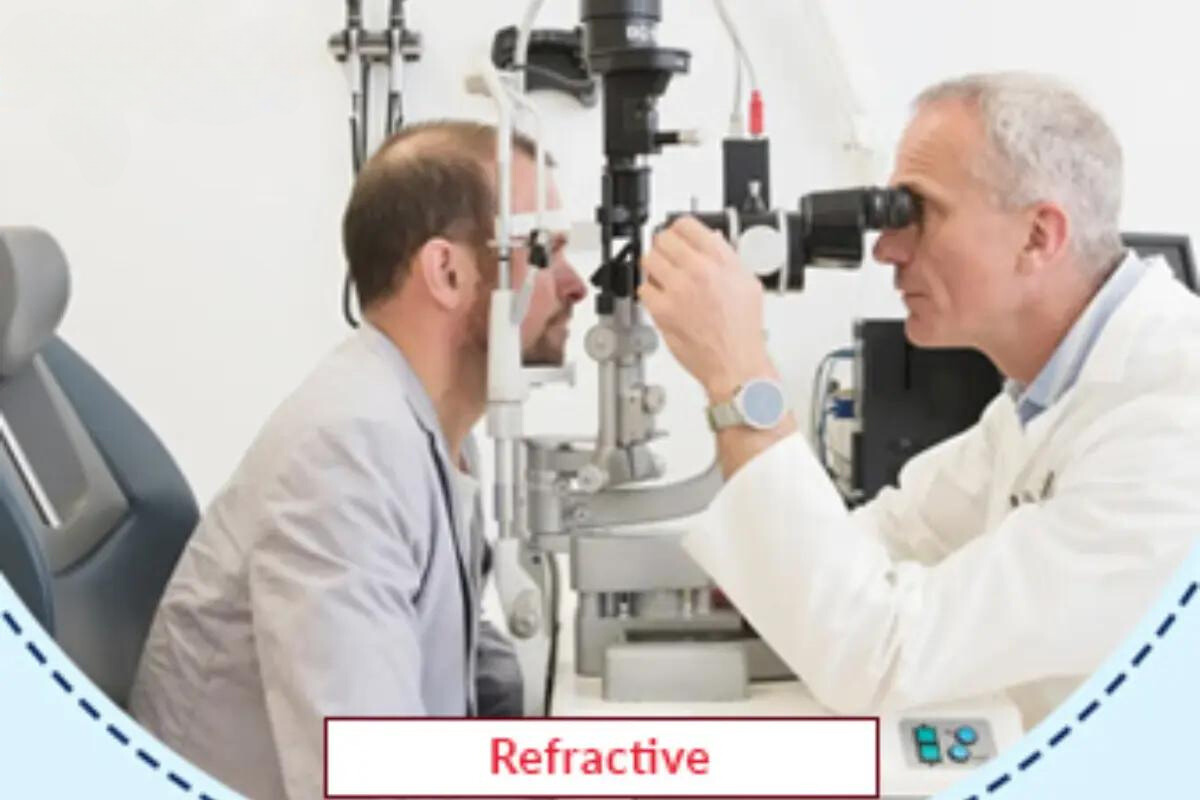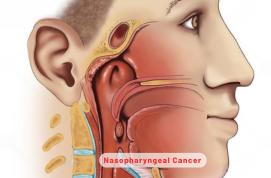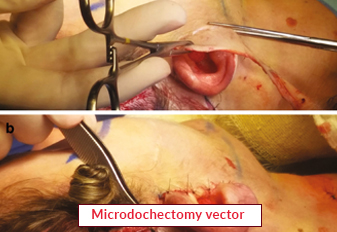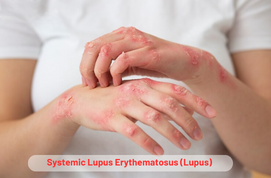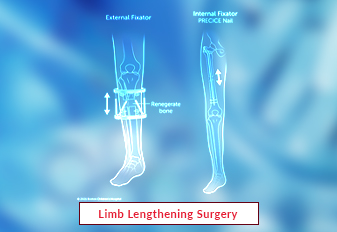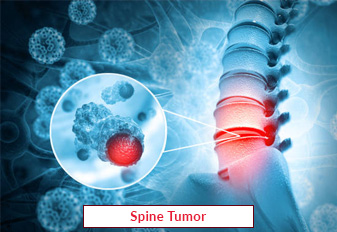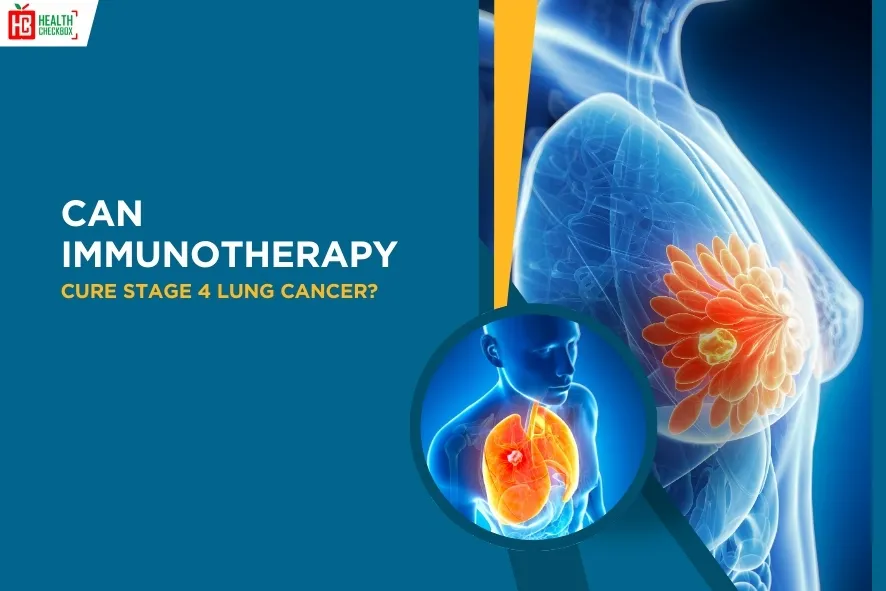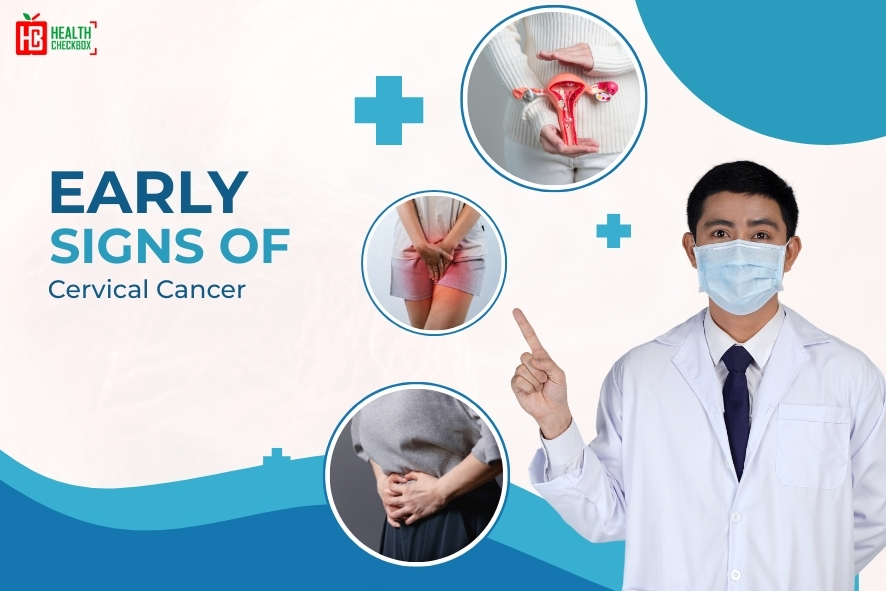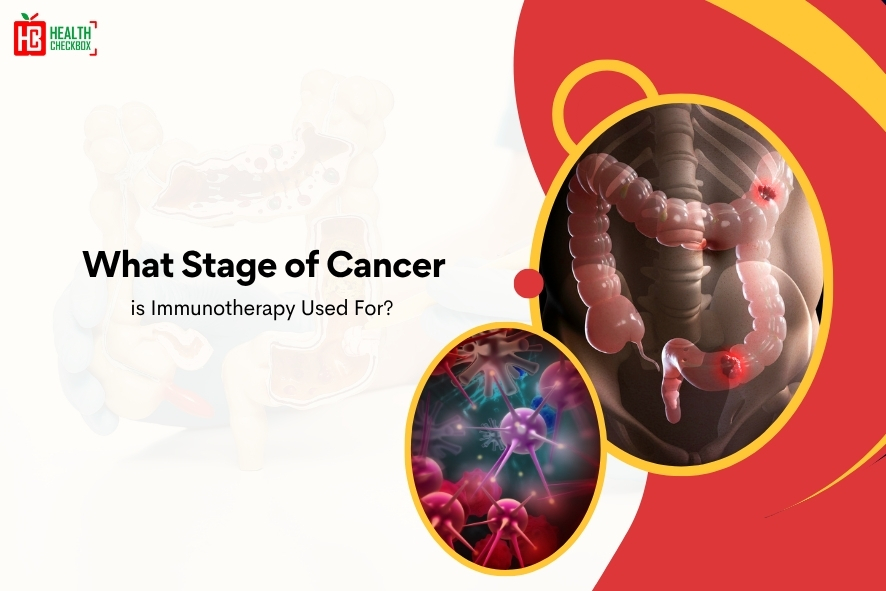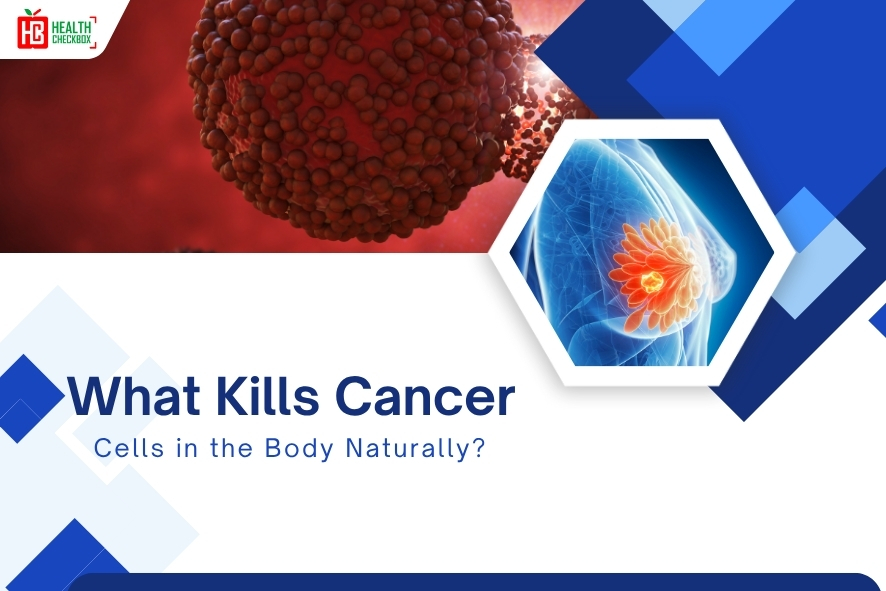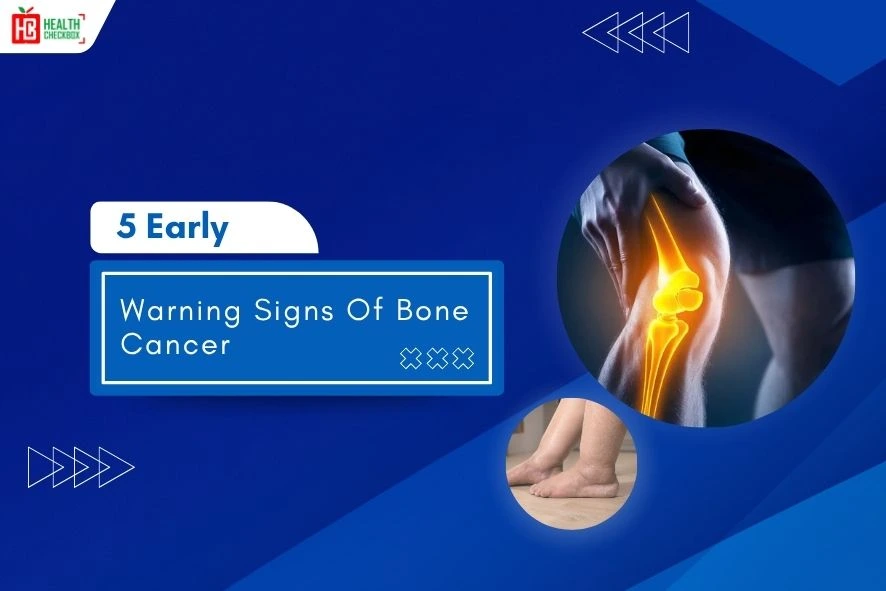Haemoglobin plays an important role by carrying oxygen and supplies it to whole parts of the body. When some genetic changes occur in the red blood cells then this turns RBCs into hard, sticky, and sickle-shaped. These damaged cells get clumped in the blood vessels, and this blocks the blood flow. This blockage causes pain, infection, anemia, and it also damages other main organs. It is called SCD, and sickle cell disease management prevents as well as treats its pain.
According to research, it is shown that approximately 100000 individuals are experiencing such disorder. It is also considered the inherited blood disorder, and many patients are looking for treatment. Here you will get to know about this blood disorder and how it can be treated.
Symptoms of SCD
The SCD has some common symptoms, and these are as follows:
- Damages the tissues and causes pain in your body parts, such as legs, chest, arms, and back. This pain may get worse.
- An individual may experience fussiness and irritability.
- Sickle cells cause yellow-colored eyes and skin.
- There is a risk for getting frequent infections because SCD weakens your immune system.
- It can be life-threatening because the flow of the oxygen gets blocked.
- Painful swelling in hands and feet is the first symptom that can be seen in babies. It is cause due to blockage in the blood vessels.
- It may cause erectile dysfunction and pain in the penis due to blocked blood vessels.
Causes of Sickle Cell Disease
There are various reasons to cause SCD, and these are as follows:
- If parents are sickle cell disease carrier. Then their children can carry each set from each parent.
- Children born with this disease because of defective genes.
Treatment of Sickle Cell Disease
Doctors will treat SCD by considering your age, medical condition, and its symptoms. It can be done in the following way:
- Diagnosis: SCD can be detected by performing the following tests:
- Blood test
- Routine screening of newborn babies before birth
- Ultrasound to check the risk of stroke in the unborn baby
- Treatment: Sickle cell disorder causes pain, and it can be managed and treated with its symptoms and which include:
- Medications: There are some medicines that can reduce pain and its severe symptoms, these are mentioned below:
- L-glutamine
- Crizanlizumab
- Voxelotor
- Hydroxyurea
- Other pain-alleviating medicines
- Gene Therapy: There are two types of gene therapies, Lovotibeglogene autotemcel and exagamglogene autotemcel. These are approved for treating sickle cell disease.. These can be used to treat patients who are above 12 years.
- Bone Marrow Transplant: During this procedure, healthy cells are taken from a donor who can be your parents and then transfer to another person. It is also called stem cell transplant, which is mostly done in severe cases of SCD in children.
- Medications: There are some medicines that can reduce pain and its severe symptoms, these are mentioned below:
- Transfusions: It includes:
- RBC Transfusions: They help to increase the number of red blood cells in the body.
- Acute Transfusions: It is helpful in treating acute anemia, and this transfusion also treats organ failure, acute chest syndrome, and strokes.
SCD patients should drink enough water to prevent pain, and sometimes, intravenous fluid may be required.
Risks of SCD Treatment
It can affect and damage various main organs of the bod, and these are mentioned below:
- Eye damage
- Multiple organ failure
- Risk of infection and fever
- Painful swelling of feet and hands
- Gallstones
- Blood clots
- Damage bone tissue
- Anemia
What can Trigger Sickle Cell Disease?
There are some lifestyle that can trigger SCD:
- Strenuous physical activities
- Cold weather
- Alcohol
- Stress
- Smoking
- Swimming in cold water
- High altitude
- Nasal congestion medicine may narrow down the blood vessels.
Latest Health Tips
Can Immunotherapy Cure Stage 4 Lung Cancer?
Early Signs of Cervical Cancer
Foods that Kill Cancer: Leafy Vegetables, Grains, & More
What Stage of Cancer is Immunotherapy Used For?
Which is Worse for Cancer, Sugar or Alcohol?
Vaccines That Prevent Cancer
What Kills Cancer Cells in the Body Naturally?
5 Early Warning Signs of Bone Cancer
Submit Your Enquiry
Testimonials








